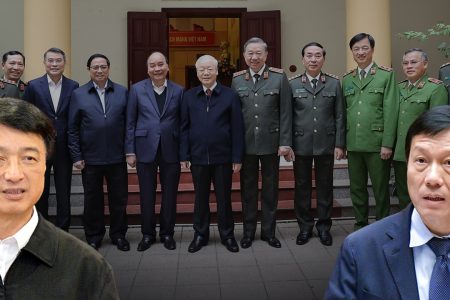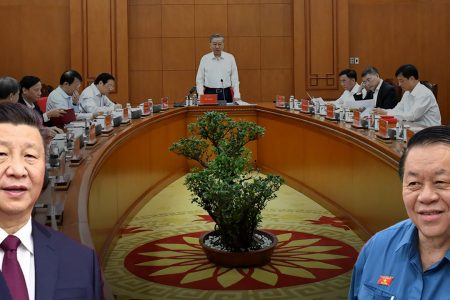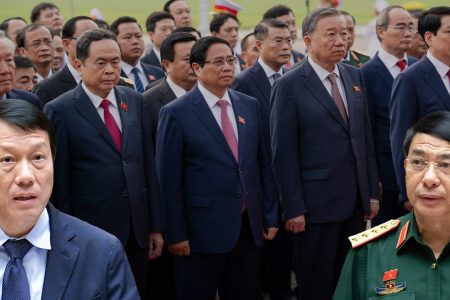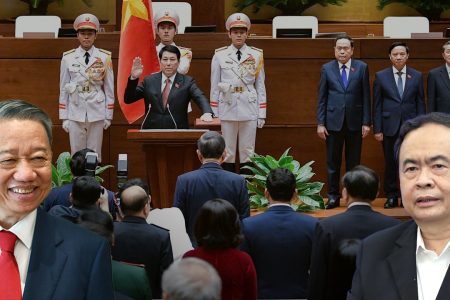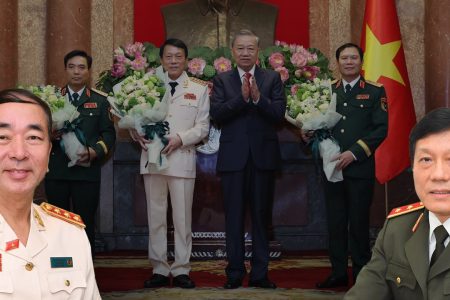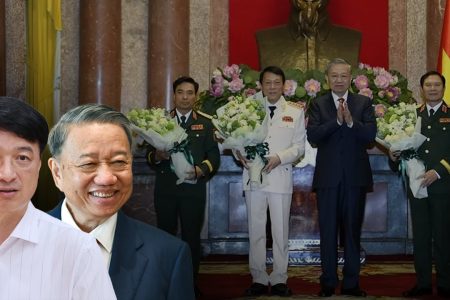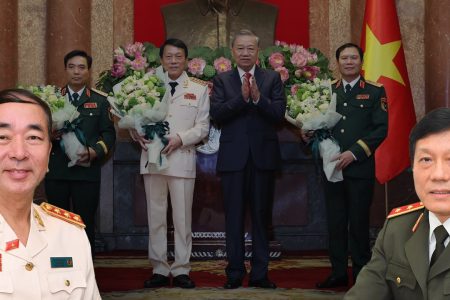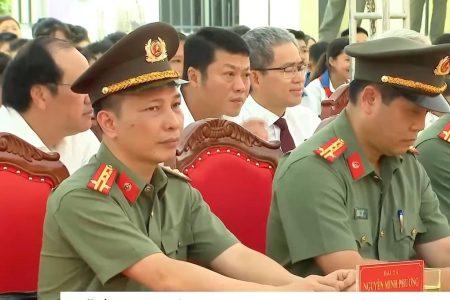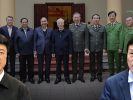The US is hoping to harness the anger of China’s invasive actions in the East Sea (South China Sea) to entice other claimant states to confront Beijing.
Over the past few weeks, China has continuously made invasive actions, causing more tension in the South China Sea: for maritime vessels to sink Vietnamese fishing vessels, bring surveying ship HD8 close to the area where Malaysia’s state-owned company Petronas is operating and set up two districts of Xisha and Nansha to manage the two disputed archipelagos of the Hoang Sa (Paracels) and the Truong Sa (Spratlys).
In a video meeting with the foreign ministers of the Association of Southeast Asian Nations (ASEAN) last month, US Secretary of State Mike Pompeo bluntly accused Beijing of taking advantage of the world’s focus on the Covid-19 pandemic to continues invading the South China Sea and he urged ASEAN countries to stand up to confront China.
However, according to analysts quoted by the British Financial Times on May 4, Beijing actually did not take the opportunity to have the coronavirus outbreak to launch a new campaign in the South China Sea. But they think the pandemic is an opportunity for us to see more clearly China’s policy in the disputed waters.
The Financial Times quoted Gregory Poling, director of the AMTI Asia Maritime Transparency Initiative, as noted “China is doing what it still does in the South China Sea, but going much further than it was a few years ago. on the road to control (this sea).”
Since 2012, Beijing has built many artificial islands and militarized them, simultaneously developing maritime forces and maritime militia, and thus assuming control of much of the South China Sea. The other claimants, especially Vietnam, were completely helpless, unable to block, or even slow down China’s encroaching momentum.
It is true that US warships and airplanes are still routinely patrolling in areas where China claims sovereignty over the South China Sea.
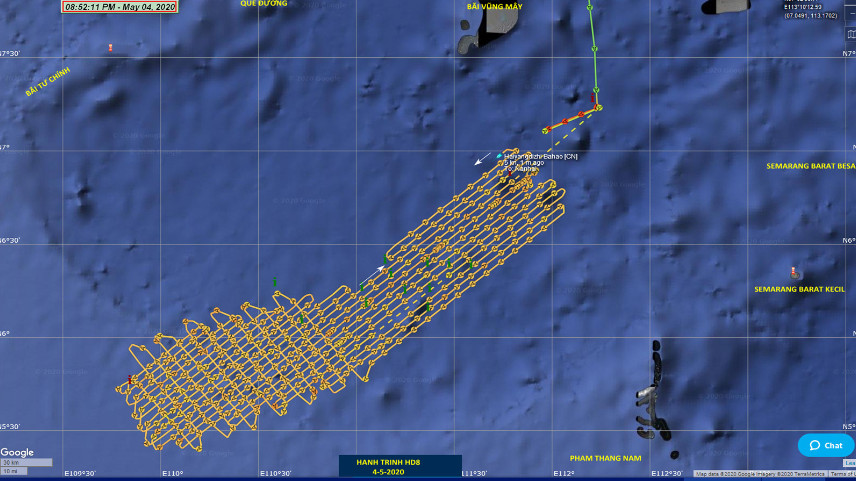
But those campaigns were primarily about ensuring freedom of navigation, so Southeast Asian countries still felt that the US was more concerned with its own interests than it was to support those countries.
According to analysts, that sentiment has intensified since Donald Trump was elected president, because the South China Sea policy of the Trump administration is limited to conducting freedom of navigation operations.
But now, anger is rising and not only Vietnam but other countries have also strongly protested against Beijing. Malaysia, which is very tight-lipped, objected to the Chinese sending the survey vessel to the area where Petronas rigs are operating, though it did not identify Beijing. More surprisingly, the Philippines (whose president Duterte is a pro-Beijing figure) sent two notes opposing China’s establishment of two districts to manage the Paracels and Spratlys and to oppose the Chinese warship’s pointing its gun control system towards a Philippine warship in the South China Sea in February.
According to the Financial Times, analysts think the incidents may bring some Southeast Asian countries closer to each other, or will further strengthen ties with the US. Bec Strating, an expert on the South China Sea at La Trobe University in Melbourne, Australia, noted two notable events: the Philippines expressed its support for Vietnam after China was sinking fishing vessel and the Australian navy exercise with US warships in some disputed areas in the South China Sea.
As for Michael O’Hanlon, director of the foreign policy program at the Brookings Institution, he said that China’s recent actions would benefit the US, because Washington would thus be in a stronger position when negotiate the opening of military bases (in Asia).
Commenting on China’s claim to have “expelled” American ships from South China Sea recently, Professor Carl Thayer said that this was purely a propaganda fabrication.
On April 28, China accused the US USS Barry of entering Paracels in the South China Sea, where China claimed it, “without Chinese permission“. they later established a procedure to track, verify, identify and expel USS Barry from the South China Sea.
But soon, a US Navy official said USS Barry was not deported as China claimed, and the destroyer, named after the “Father of the US Navy,” patrolled as planned without encountering any unsafe or unprofessional behavior from Chinese aircraft or warships.
Talking to BBC News Vietnamese via email from Canberra, Australia, Prof. Carl Thayer, who is a researcher in Vietnam’s politics and international relations explained that China made such a statement to propagate and alert other countries in the region.
Prof. Carl Thayer: Every time the US Navy exercises freedom of navigation in the South China Sea, China makes the same type of statement that it has monitored, controlled and “deported” the US warship. These are absolutely exaggerated words.
China has surveillance means to determine when US warships enter waters it claims their own. And each time China often sent an airplane to stalk US warships at sea. Often, US warships and the People’s Liberation Army Navy (PLAN) personnel were in contact with each other during these occasions.
After the US warship completes its mission and leaves China-claimed waters, China will declare that it has just “deported” the US ship.
China is using this information to warn the countries in the region that they will suffer the same fate, if their ships invade the waters claimed by China. Beijing’s exaggerated announcement is also aimed at domestic audiences to prove that the Xi Jinping regime is firmly defending China’s sovereignty against US militarism.
A spokesman for the US Seventh Fleet certainly would voice if China had any unprofessional military moves with USS Barry (DDG-52). For example, in regard to a PLAN warship rushing to the USS Decatur dangerously in September 2018, the US published a video of this encounter to prove its point.
In the case of USS Barry, a US Navy spokesperson stated that the ship’s operation proceeded as planned without encountering any unsafe or unprofessional behavior from the aircraft or battle ship of China.
We should not judge that the claims of China and the United States are equally valid. When China used the term “deportation,” it was a fabrication of the PLAN propaganda.
How important was the movement of the USS Barry during that time in the South China Sea? USS Barry went there on a regular schedule, or for some other purpose? The BBC raises questions.
Professor Carl Thayer said: USS Barry has a patrol with the purpose of exercising freedom of navigation (FONOP) to challenge what the US accuses of being illegal requests of China, Taiwan and Vietnam to notice these countries before entering the sea near the Paracels. China has drawn baselines around the archipelago. We do not have detailed information about the exact route of USS Barry, but it is likely that it is an action to challenge China’s excessive claims to waters outside Paracels based on these baselines.
Now under the leadership of Secretary of Defense Mark Esper, the US clearly has a change in its FONOPS policy, so naval operations are more in line with its 2018 National Defense Strategy. .The 2018 Defense Policy document calls on US military forces to act on the motto of “predictable strategy, but unpredictable movements.” USS Barry’s patrol, accompanied the very next day by USS Bunker Hill’s unprecedented freedom of navigation (CG-52) in the waters around G Lac Reef in Spratlys.
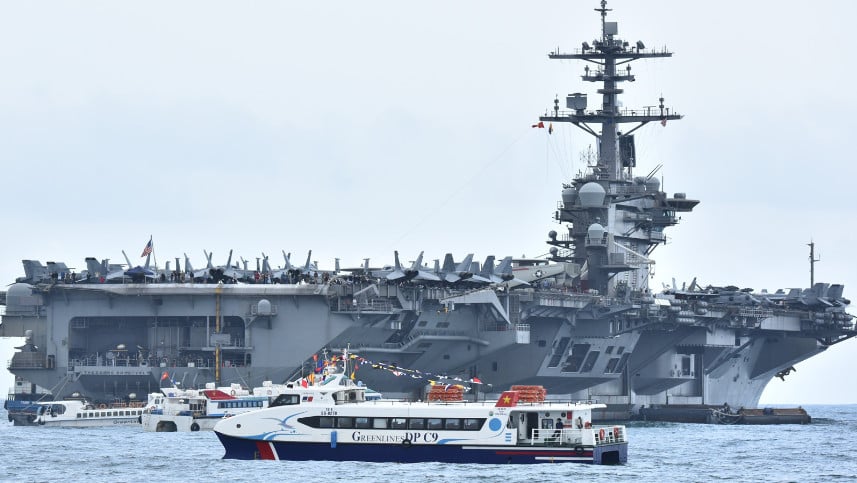
There is also another motivation. US sailors aboard the USS Theodore Roosevelt and the USS Kidd were infected with Coronavirus. China’s propaganda machine takes advantage of this opportunity to argue that the US is operating in a weak position. The US, meanwhile, is trying to overcome an obstacle of public relations, by proving that the US can maintain its naval presence in the South China Sea.
Thoibao.de (Translated)




